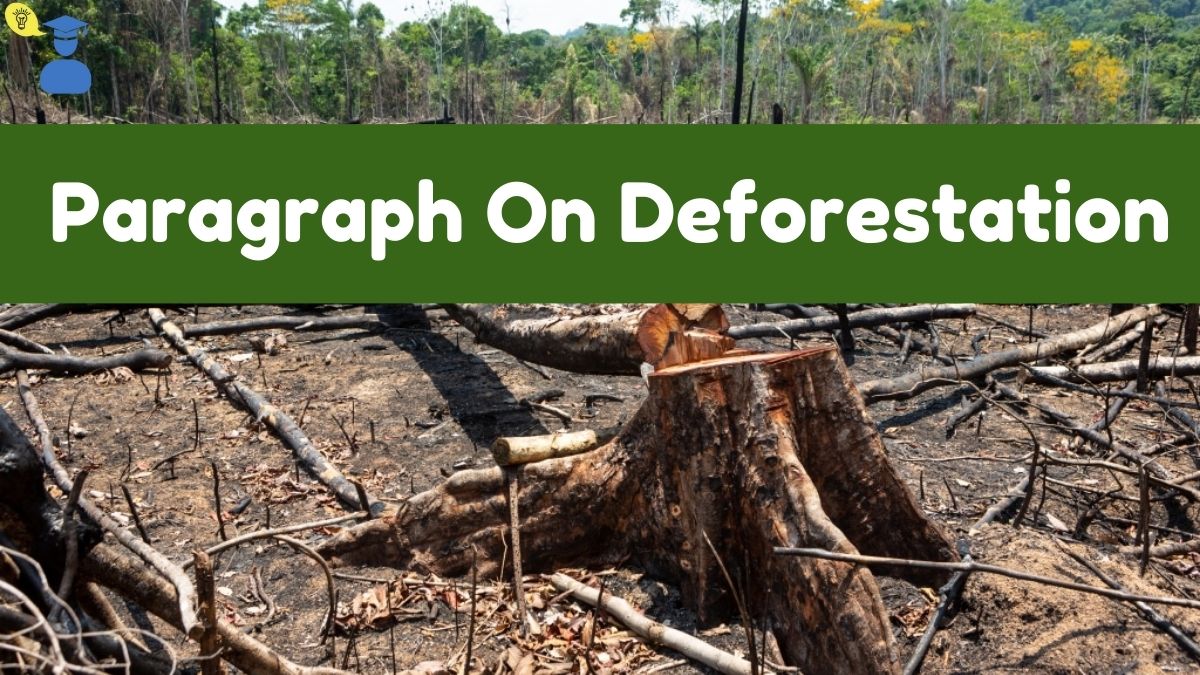Deforestation: Causes, Effects, and Solutions

Table of Contents
- The Causes of Deforestation
- The Environmental Impact of Deforestation
- Deforestation and Climate Change
- Effects on Local Communities
- Economic Impacts of Deforestation
- Impact on Biodiversity
- Deforestation and the Water Cycle
- Solutions to Combat Deforestation
- The Importance of Reforestation
- Global Initiatives to Stop Deforestation
The Causes of Deforestation
Deforestation is driven by various factors, including agricultural expansion, logging, and infrastructure development. Large-scale farming, particularly for crops like soy and palm oil, leads to the clearing of forests to create more farmland. Additionally, illegal logging for timber and fuel contributes to the rapid depletion of forest areas.
The Environmental Impact of Deforestation
Deforestation leads to habitat destruction, reducing biodiversity and endangering species that rely on forests. It also affects climate regulation as trees absorb carbon dioxide, a key greenhouse gas. Without trees, the amount of CO2 in the atmosphere increases, contributing to global warming and altering weather patterns.
Deforestation and Climate Change
Forests play a crucial role in mitigating climate change by storing carbon. When they are cut down or burned, this carbon is released back into the atmosphere, accelerating global warming. The loss of forests also reduces the planet's ability to absorb excess CO2, further intensifying climate-related challenges.
Effects on Local Communities
Local and indigenous communities often depend on forests for their livelihoods, obtaining food, water, shelter, and medicine. Deforestation disrupts their way of life, leading to resource shortages, displacement, and economic hardship.
Economic Impacts of Deforestation
While deforestation can boost short-term economic growth through agriculture, timber, and land development, it has long-term negative consequences. Loss of ecosystem services such as water purification, pollination, and climate regulation can lead to decreased agricultural productivity, increased costs, and reduced quality of life.
Impact on Biodiversity
Forests are home to a vast array of species, many of which are endangered. Deforestation fragments habitats, isolating species and making them more vulnerable to extinction. The loss of biodiversity weakens ecosystems, making them less resilient to environmental changes and reducing the benefits they provide to humanity.
Deforestation and the Water Cycle
Forests play a vital role in the global water cycle. Trees absorb water from the soil and release it into the atmosphere through transpiration, contributing to rainfall patterns. Deforestation disrupts this process, leading to reduced rainfall, droughts, and changes in water availability, which can impact agriculture and water supplies for local communities.
Solutions to Combat Deforestation
To address deforestation, it is essential to adopt sustainable land management practices. Reforestation, sustainable logging, and agroforestry can help preserve forests. Consumers can support environmentally friendly products, use recycled paper, and reduce their carbon footprints to help protect forest ecosystems.
The Importance of Reforestation
Reforestation, or the process of planting trees to replace those cut down, is vital in restoring damaged ecosystems. It improves soil quality, prevents erosion, and helps rebuild habitats for wildlife. Global initiatives for tree planting, like the UN's Trillion Tree Campaign, aim to counter the effects of deforestation on a large scale.
Global Initiatives to Stop Deforestation
Several international organizations and agreements focus on curbing deforestation. The Paris Agreement encourages countries to protect their forests as part of climate change mitigation strategies. Organizations like the World Wildlife Fund (WWF) and the Rainforest Alliance work to raise awareness, promote sustainable practices, and advocate for stronger policies to protect the world's forests.


.png)

.png)




0 Comments